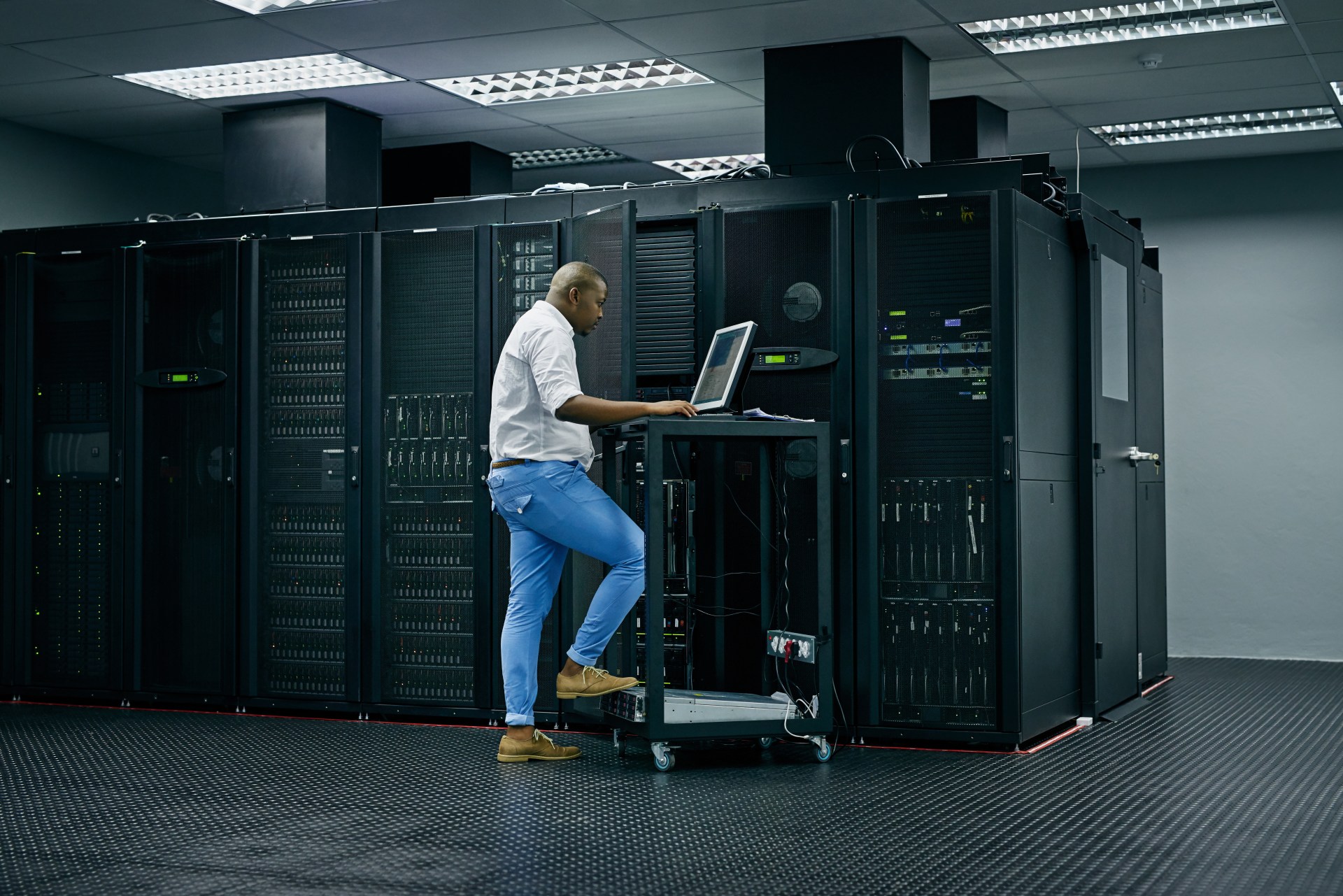Managed disaster recovery services are more commonly referred to as disaster recovery as a service – provided by DRaaS vendors. They are becoming increasingly popular as they offer security, convenience, and affordability. If you’re considering using a managed disaster recovery service, here are the key points you need to know.
Why use managed disaster recovery services?
The move to managed disaster recovery services is part of the overall move toward the “as a service” business model. This move is driven by several factors. Most of them, however, relate to the fact that modern businesses generally need to make their operations as lean as they can.
Leveraging the “as a service” business model resolves both issues. Business owners can just sign a contract with sector experts to get resources they need but that are not core to their business. The price of the contracts reflects the level of service they need. It may be a flat rate or based on usage (or a combination of both).
The “as a service” business model is particularly popular in areas such as infrastructure and facilities, especially IT. Here are the three main reasons why.
It protects cash flow
Out of all the drivers toward the “as a service” business model, this is probably the single biggest one. It’s particularly relevant to anything related to IT, especially disaster recovery. Ultimately, all IT rests on physical infrastructure. Some of this must be kept in very secure locations with other requirements. Key components require ongoing monitoring and maintenance.
This means setting up an in-house disaster recovery system typically requires significant capital investment and ongoing funding.
It allows businesses to remain focused on core competencies
Much the same comments apply to the issue of management. Enterprises want to manage their core businesses. They don’t want to have to spend their valuable time on issues that are not integral to that core business.
This makes the “as a service” business model perfect for enterprises. Instead of having to recruit, retain, and manage in-house staff, business owners just sign a contract with a service provider skilled in DRaaS.
It allows for flexibility
The “as a service” business model promotes flexibility because it is easy to scale.
If a business runs its own in-house disaster recovery system, expanding or reducing it is generally a significant project with significant implications, and working with a DRaaS solution allows agile responses, whether done by in-house IT staff or the provider’s staff.
In addition, managed disaster recovery services are suitable for businesses operating with a remote/hybrid workforce. Even when employers do keep staff on-site, using managed IT services can help to minimize the space taken up by IT equipment. This can result in lower costs for real estate.
Related Resources:
What You Need To Know About GDPR Colocation
What You Need To Know About HIPAA Colocation
Hybrid IT Security: Safeguarding Your Business
What You Need To Know About Implementing A FISMA Data Center
Private Infrastructure as a Service (IaaS): What You Need to Know
What You Need to Know About the Cloud for Retail: Enhancing Customer Experiences
Choosing an IT Disaster Recovery Solution: Key Factors to Consider
Who Needs To Be FISMA Compliant?
Why Are Cybercrimes On The Rise?




